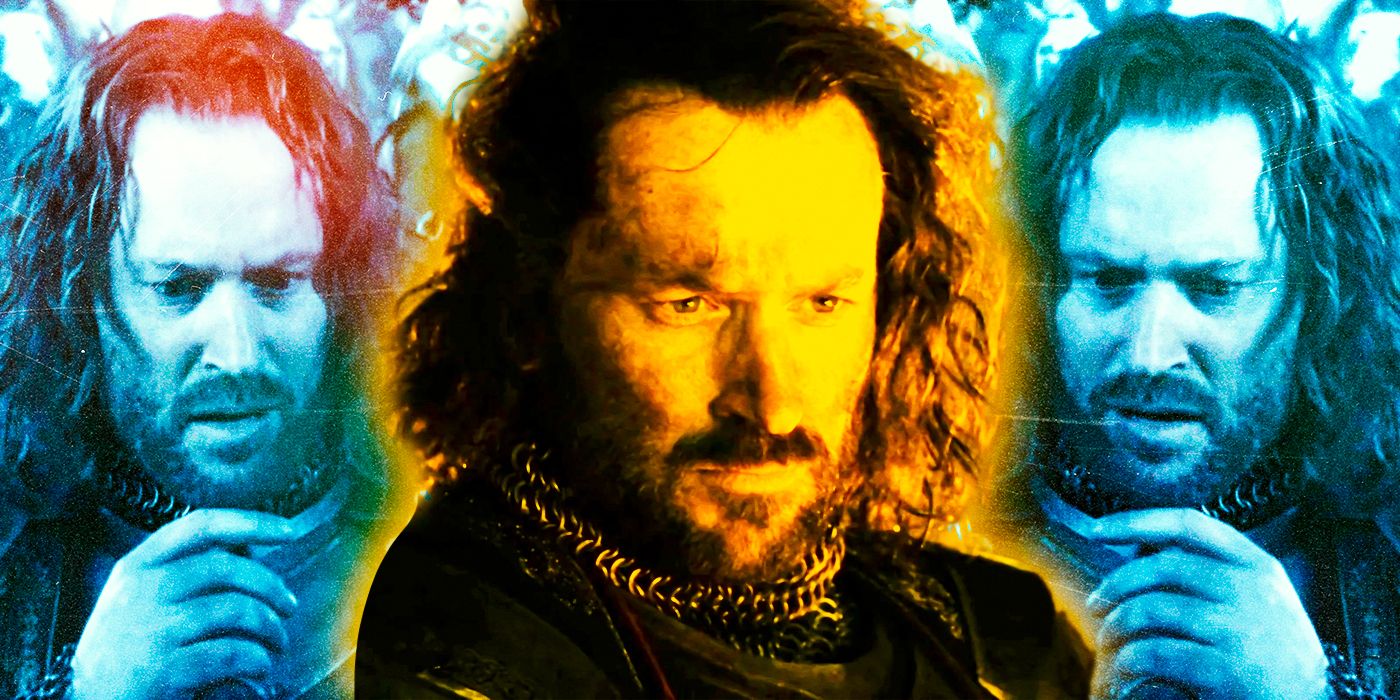
However, if not for his inability to destroy the One Ring in the fires of Mount Doom when he had the chance (according to Jackson’s telling) and his eventual loss of the Ring — things could have played out very differently in Middle-earth. In his Unfinished Tales of Númenor and Middle-earth, Tolkien tells of Isildur’s intention to part with the One Ring before his death. But he was never given the chance. Despite his best intentions, Isildur would be remembered as the faulty king who separated two kingdoms and failed in his opportunity to save Middle-earth from the return of one of its greatest destroyers, Sauron.
In Lord of the Rings Lore, Isildur Was a Númenorean Born in Middle-earth’s Second Age
.png)
-(1).jpeg)
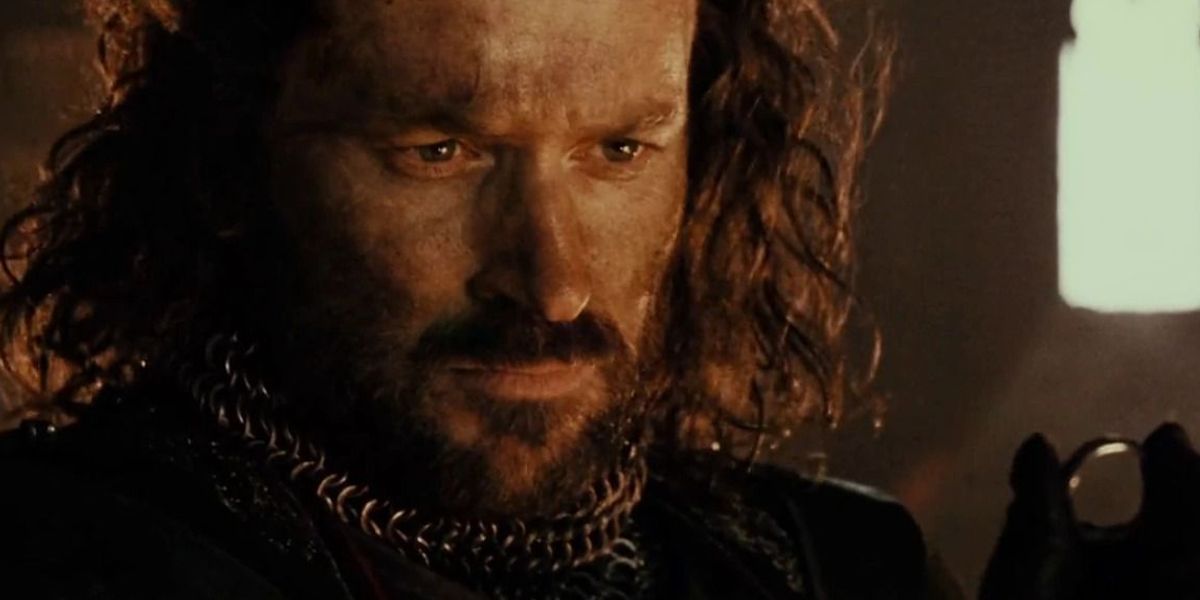
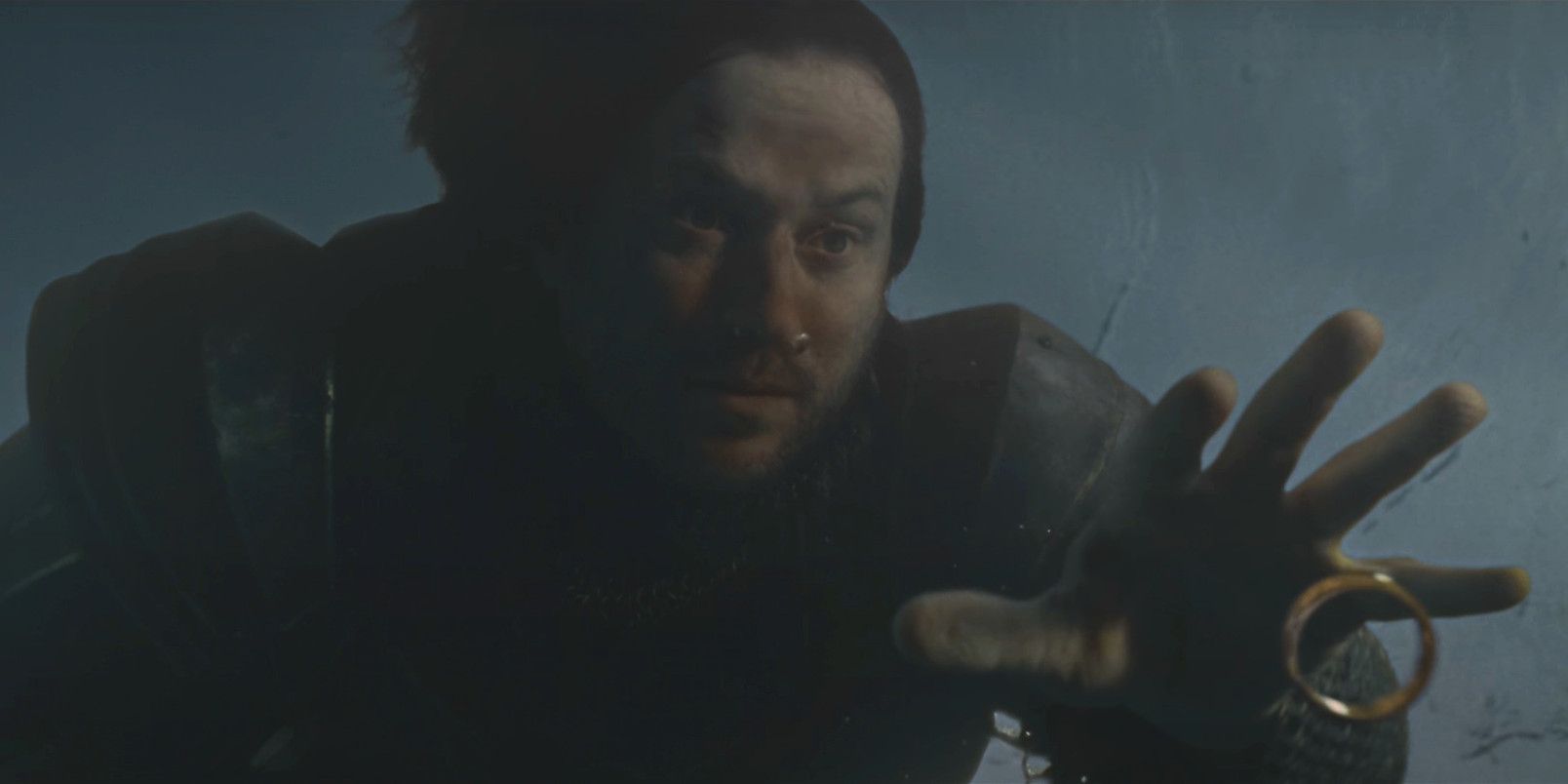
.png)
-(1).jpeg)


According to Tolkien, Isildur was born in the Second Age in the island nation of Númenor. A race of Men blessed with longer lifespans than the average man due to their association with the Valar — governors of Arda, the world in which Middle-earth exists. They were able to live up to 300 years, with some of their rulers living up to 500. The island on which the Númenoreans lived was brought up out of the sea by the Valar. The island was located in the Great Sea between the continents of Aman and Middle-earth.
The Ages of Middle-earth
Approximate Length (in years)
First Age
4,900
Second Age
3,400
Third Age
3,000
Fourth Age
2,400
The first king of the Númenorean was, in fact, the brother of Elrond of Rivendell. Elrond and his brother, Elros, were both half-Man and half-Elf. While Elrond chose the life of the Elves, Elros chose a life among Men. Elros died in the Second Age, having ruled in Númenor for 410 years. Still, the Men of Númenor continued to be inextricably linked with the Elves.
Isildur and his younger brother, Anárion, lived on the eastern coast of Númenor. Their father was Elendil, who would feature in the War of the Last Alliance against Sauron later in the Second Age. During Númenor’s heydey, Sauron was held captive by the King of Númenor and brought to its shores. Sauron used this as a chance to corrupt the people of Númenor and feed into their desire for immortality, something they resented in their Elven kin. Many Númenoreans who were still faithful to the Valar chose to leave their island home for Middle-earth to escape Sauron’s influence; among these was Elendil and his sons.
Rings of Power has attempted to show some of this period of Isildur’s life with some alterations to Tolkien’s telling. Isildur is given a sister, Eärien, while his brother’s presence is off-screen. Elendil and Isildur’s relationship is largely antagonistic as Isildur believes he hears a voice calling him away from his homeland. It’s the first time Isildur’s backstory has been explored in a visual medium at length. Overall, it remains to be seen how truthful Amazon will remain to the source material.
Isildur Was Slain by Orcs at the Disaster of Gladden the Fields
The kingdom of Númenor eventually fell, and Elendil established two kingdoms in Middle-earth: Arnor and Gondor. Arnor was located in the north and Gondor in the south. While Elendil ruled from Arnor over both realms, he left his sons to govern Gondor. The capital of both regions of Gondor became Osgiliath, the city which Faramir — brother of Boromir — attempts to take back from Sauron’s forces in The Lord of the Rings: The Return of the King. It would not be until Isildur’s death that Gondor would come to be ruled by Stewards instead of a king.
What was only a brief scene in the prologue of Jackson’s The Fellowship of the Ring was an incredibly important incident in Tolkien’s Unfinished Tales. Following the defeat of Sauron and the death of his father in the War of the Last Alliance, Isildur and his host of his men were attacked by Orcs. The Disaster of the Gladden Fields was less of a battle and more of a massacre. With the army of Orcs numbering in the thousands and Isildur and his men only being about 200 strong, they didn’t stand a chance. It was during this skirmish that the One Ring was lost for thousands of years as it fell from the possession of Isildur — who had cut it from the hand of Sauron in the previous battle.
Isildur had actually been en route to Rivendell when he was killed, with the intent to deliver the One Ring to Elrond. Despite being seduced by the Ring, Isildur feared its power over him already and the pain that it had caused him upon first holding it when it burned his hand. The Orcs would have been unaware of Isildur having the Ring, but they were drawn to its power. When Isildur put on the Ring to escape the attack, he fled to a nearby river. He became entangled in some vegetation along the river’s banks, and the Ring abandoned him — giving the Orcs the chance to spot him and shoot him with arrows.
Isildur’s Death Set the Events of The Lord of the Rings in Motion
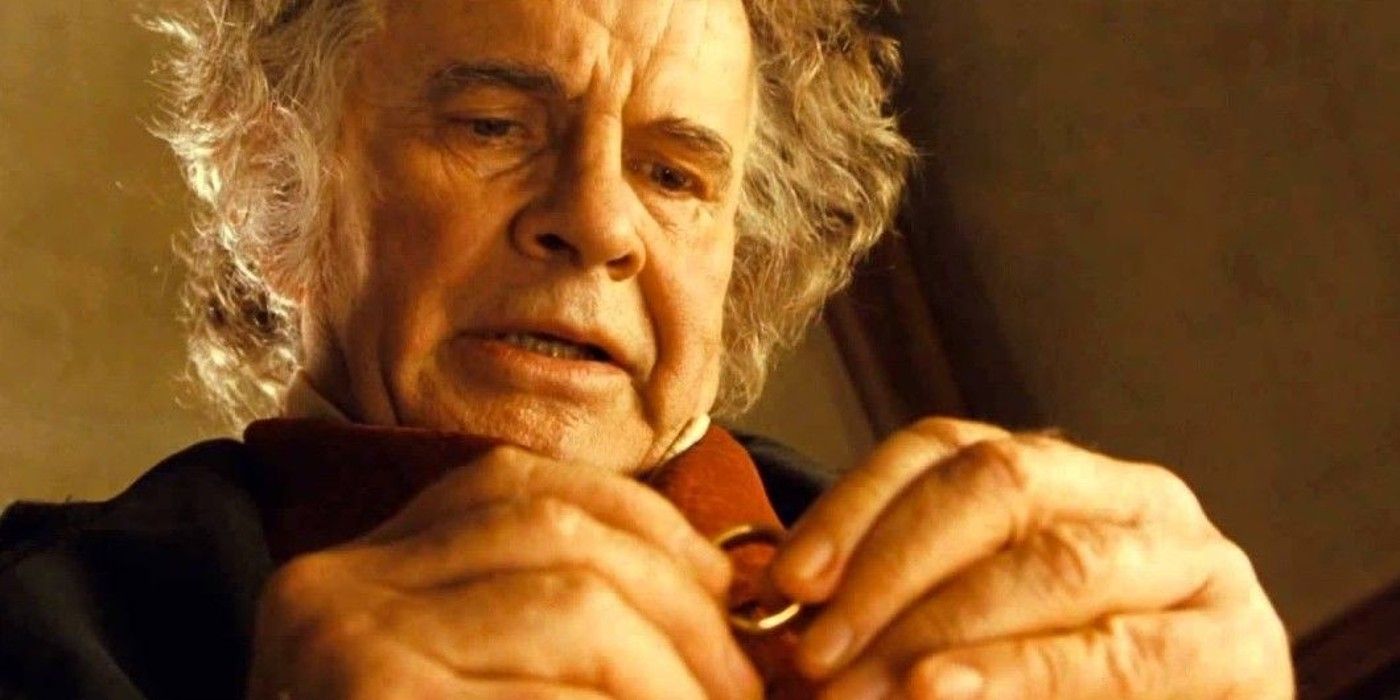
Upon Isildur’s death, the kingdoms of Arnor and Gondor were bereft of a king, his brother having been also slain in the War of the Last Alliance. And so the Dúnedain, as the descendants of Númenor came to be known, were divided. The blood of the Dúnedain of Gondor eventually became diluted with that of other Men. A series of events following Isildur’s fate eventually divided the northern kingdom of Arnor, leading its people to become the wandering Rangers of the North. Strider, also known as Aragorn, was one of these Rangers when he appeared in The Fellowship of the Ring.
For over 2000 years, the Ring remained hidden from anyone until it fell into the hands of Gollum later in the Third Age. As a Stoor Hobbit, Gollum (or Sméagol as he was known before the Ring’s discovery) would have been one of few Hobbit species comfortable around water. It was during an outing on the river one day that he and his cousin, Déagol, would go fishing in the Gladden Fields and come upon the Ring. Sméagol’s desire for the Ring would lead him to kill his cousin for it by choking him. He would then be banished by his own people and forced to live a nomadic existence prolonged by the Ring’s powers.
It would not be until the events of The Hobbit that Bilbo Baggins would come upon Gollum in a cave of the Misty Mountains and obtain the Ring for himself. It was in the Misty Mountains that Gollum lost the Ring in a spat with a goblin, only for it to be found by Bilbo. Bilbo finds himself somewhat captive to Gollum after and wins his release in Gollum’s Cave in an infamous game of riddles. If not for Bilbo’s possession of the Ring, it would not have come to his nephew, Frodo. Thus, beginning the saga of The Lord of the Rings.
Isildur may not have lived to see the fate of the One Ring or Sauron’s eventual return, but he played an immense hand in the Ring’s continued influence in Middle-earth. Although Jackson did not have the bandwidth to delve into the short-lived king of Gondor’s backstory, it will be interesting to see how far Rings of Power can go. Audiences may get the chance to see Isildur as a more sympathetic character than he has been previously portrayed. He could be developed more in line with Tolkien’s entire vision for his character, potentially getting the full picture of a complicated man who met his fate at exactly the most inopportune moment.
Aragorn Fears Isildur’s Fate in The Lord of the Rings
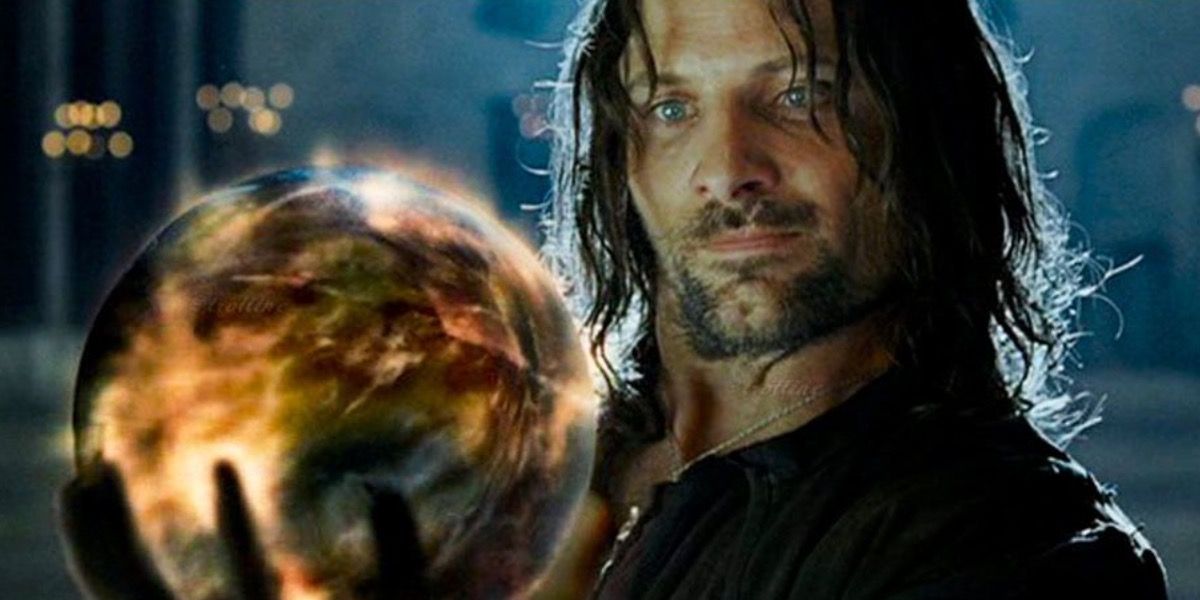
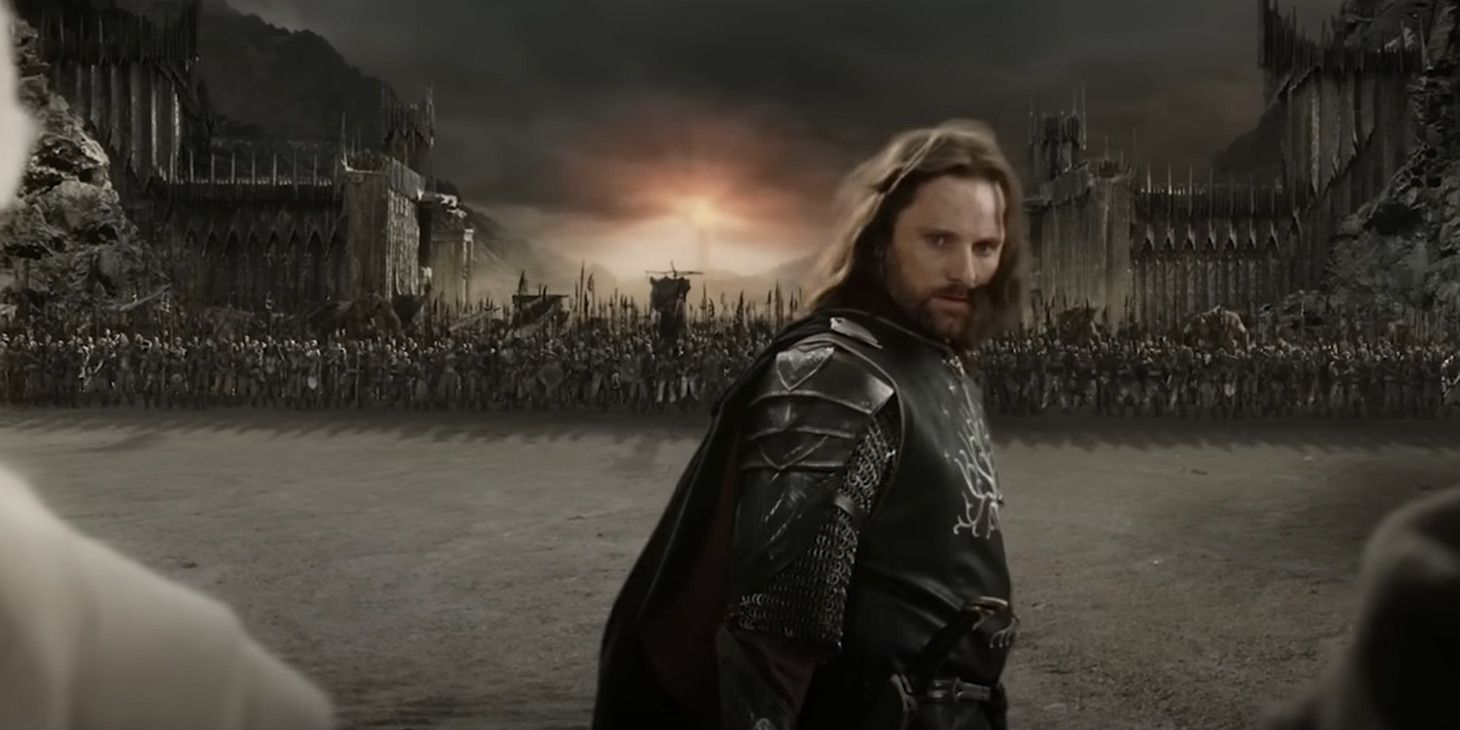
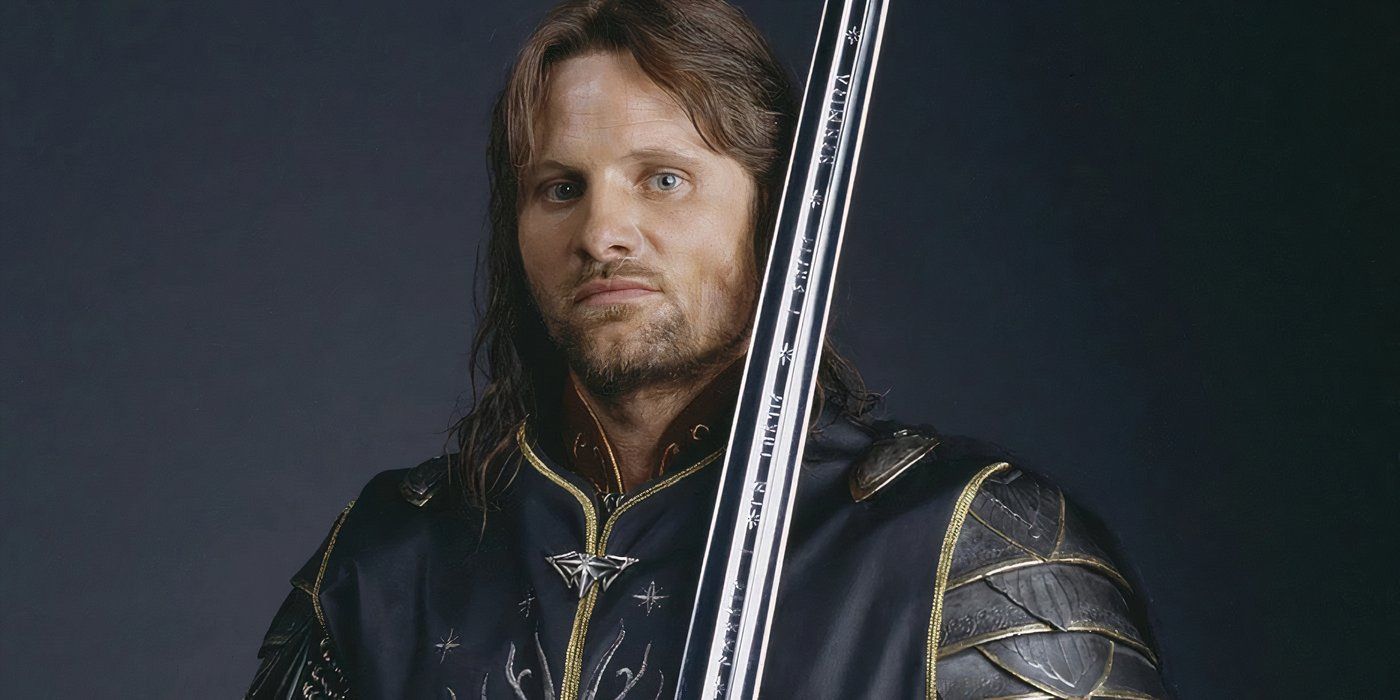

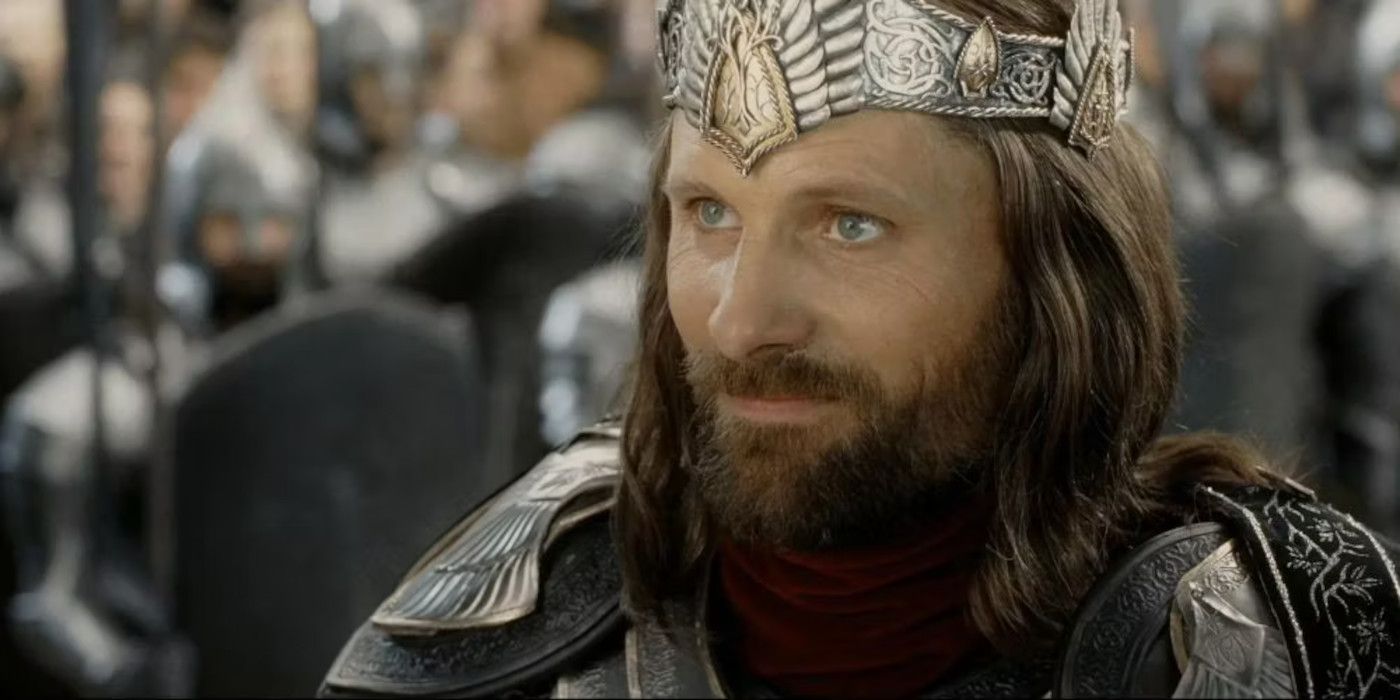
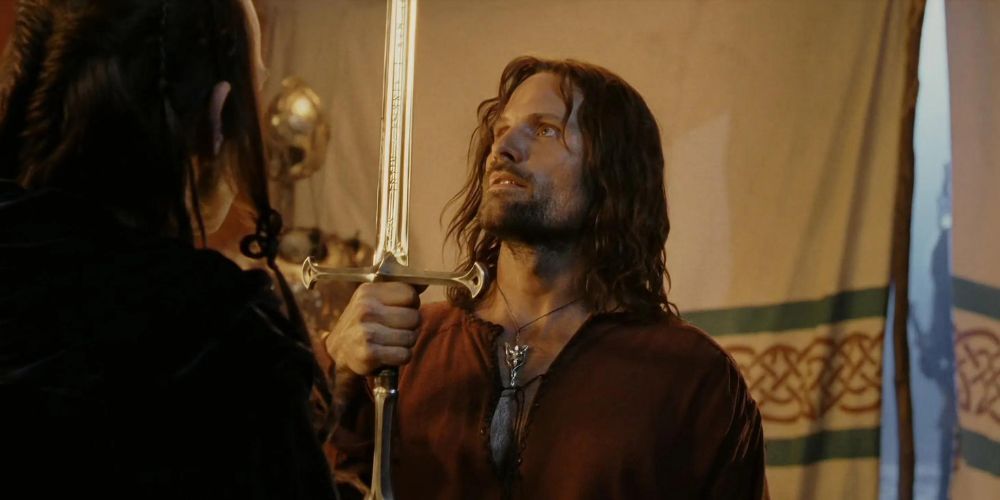






Isildur’s failure to destroy the Ring has more direct implications for some characters as well. Aragorn, specifically, hesitates to claim his birthright for a long time, in large part because he fears that he may share Isildur’s weakness and succumb to the Ring as well. He becomes Strider the Ranger instead, helping people as an individual rather than a head of state until Sauron’s return induces him to embrace his destiny. Tolkien’s book The Silmarillion likens him to Elendil, not Isildur:
“He was Aragorn son of Arathorn, the nine and thirtieth heir in the right line from Isildur, and yet more like Elendil than any before him.”
Despite that, Isildur’s failure is so great that it takes him time to understand that he’s made of sterner stuff. In Tolkien’s novels, that begins in earnest with the Battle of Helm’s Deep at the end of The Two Towers, in which he stands with the people of Rohan rather than making his escape. After Saruman is defeated, he gains possession of the palantir seeing stone, which allows him to mentally confront Sauron and take control of the magic item. From there, he reclaims his destiny in earnest: holding the Dead Men of Dunharrow to their oaths and defeating Sauron’s forces at the Battle of Minas-Tirith during the events of the climactic The Return of the King.
The movie trilogy emphasizes his self-doubts more than Tolkien’s text does. The novels portray him in a more overtly heroic light from the start, while Jackson emphasizes his shadier qualities to give him more of a journey. Both versions stress the palantir as the moment where Aragorn casts off Isildur’s failure for good, and accepts his place as the true King of Gondor. Without that, his story has less resonance, and The Lord of the Rings as a whole would be all the poorer as a result.



